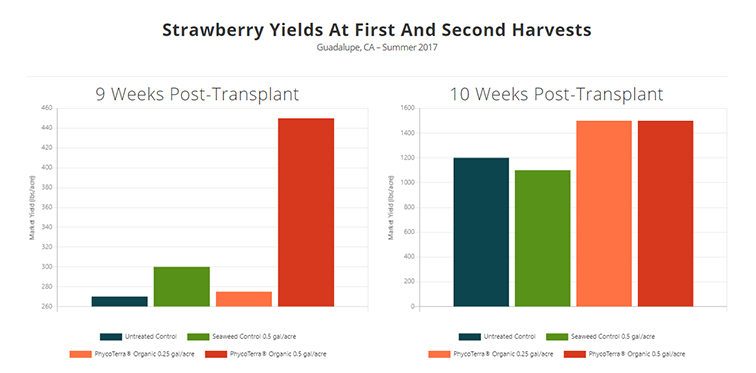How the Role of Pest Control Adviser Came to Be

A good scouting technique is to pull and examine samples from several areas in the field.
Photo by Carol Miller
The idea of field scouting for pests has its scientific roots in the “Integrated Control Concept,” a scientific paper published in 1959 by University of California entomologists. Most applied scientists and integrated pest management (IPM) practitioners consider this paper to be the conceptual framework for IPM as we know it today. One of the paper’s key concepts emphasized using trained scouts to determine how economically damaging a pest infestation is before making a control decision with insecticides.
Consequently, by the mid-1970s, vegetable growers in Arizona and California began to employ professional Pest Control Advisers (PCAs) to scout fields and assist them with insect management decisions. Today, PCAs must be licensed by the state, have a university degree with training in IPM, and maintain their credentials annually through Cooperative Extension-sponsored continuing education classes.
And growers value this expertise. On average, they can pay as much as $25 per acre for these pest management services. In the Desert Southwest, PCAs intensively scout and monitor leafy vegetable crops such as lettuce, cole crops, spinach, and celery for pests in 100% of the harvested acreage, visiting fields three or four times per week.
It is also the PCA’s responsibility following scouting to provide a written recommendation indicating when a field requires treatment and which insecticides should be applied. The use of professional scouts saves growers time and money by making sure crops are protected from pests and ensuring that insecticides are only used when necessary.










